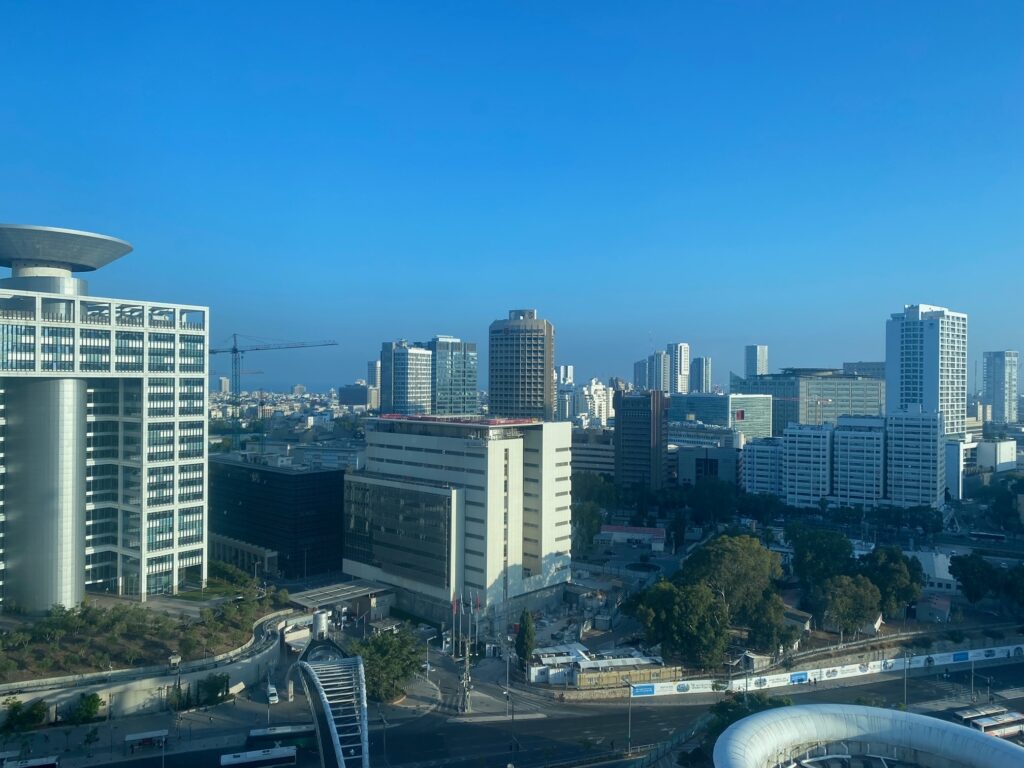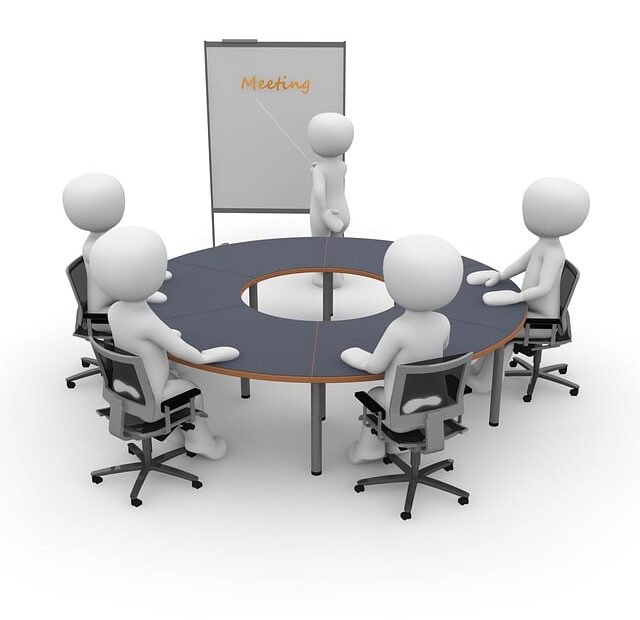This week, I’ve been on-site at a client’s offices for the first time since launching Better Business Analysis more than three years ago! In this post, I’ll talk about some of the benefits of face-to-face business analysis I’d been missing, and some of the challenges I’d forgotten I’d left behind.
I’ve recently been working with a client organisation based in Tel Aviv, Israel. It’s not the first time I’ve been engaged by a client in another country, and over the last three years I like to think I’ve got pretty adept at providing business analysis services remotely. I’m confident facilitating workshops using a Miro board, happy with leading a meeting via Zoom, and don’t mind adjusting my working day to fit around time zone differences. However, this particular engagement included a request for an on-site visit from me and the colleague I’m working alongside – and I found myself wondering whether I still had the necessary skills to make a success of things face-to-face!
I definitely encountered some challenges I’d thought were behind me, but these were countered by the many benefits of being present in the same space as those I was working with. Engaging with stakeholders face-to-face has some great advantages.

Preparation for leading face-to-face sessions
I was intending to lead a series of workshop sessions with stakeholders, and really felt a need to prepare very thoroughly for these in advance. I knew I didn’t want any additional worries arising from lack of clarity about content or direction, so I spent a lot of time laying out what I wanted to achieve at each point and how we would go about it. I think this really paid off by giving me a strong base to work from; I could focus on my facilitation skills while I was in the room. One participant even saw my notes and commented how well-prepared I looked. This gave me a small, but very welcome, boost to my sense of credibility!
Managing the room
Having workshop attendees sitting in the same room presents some challenges I’d forgotten about. It’s much easier for separate conversations to erupt amongst participants. Your attention can be locked down by a vocal attendee at one end of the room, while someone at the other end begins “multi-tasking” with their phone. You might have your back to people while sticking post-its up on the wall.
Capturing the outputs
One aspect of using online whiteboarding tools such as Miro that I always celebrate is that the business analyst is no longer “the one holding the pen”; everyone can contribute directly to articulate their thoughts and ideas. Back in a meeting room with everyone sitting around a large table, I found myself once again scribbling stakeholder comments onto post-it notes and sticking them on the wall. I was struck by the shift in accountability here – ensuring the words written really reflected what a stakeholder meant became incredibly important. I found myself regularly questioning people about specific terms or phrases to be sure I successfully captured each idea. There were also a few moments of mild panic as I tried to capture one comment while another attendee was already offering up the next insight.
On a practical point – remembering to take a photo of the post-its on the wall before they inevitably drifted to the floor is not something you need to worry about when working online!

Chance encounters
When not in meetings, I was given a desk to work from in an open-plan space, and of course got to use the kitchen and breakout areas. This meant I was always bumping into new people, and into those I’d already met in the formal meetings and workshops. These informal encounters were a great way of picking up extra nuggets of information or getting quick answers to little questions. I might easily have missed many of these if I only saw these people in the context of a structured meeting.
Seeing how things are really done
Being “in the place”, and seeing work actually being performed, is hugely valuable. Getting a description of a process in a meeting or in an email only ever tells part of the story. When you see things in action, you’ll always be prompted to ask better questions. You might spot a step the other person hasn’t mentioned, or query why they always do an action in a particular way. While we’d undertaken some process performance scoring in online workshops, seeing these processes work up-close revealed more useful details. These further revelations can help challenge your assumptions and unlock more useful insights.
Going out to dinner!
My colleague and I were lucky enough to be invited out to dinner by our hosts, and we got to sample some great Israeli fare (including some fantastic desserts!). As well as the lovely dining experience and chance to get to know people better, this sort of activity is great for strengthening working bonds and unlocking more team potential.
Also, nobody has yet treated me to food and wine while working over Zoom.
In summary
I absolutely loved working face-to-face again. While I’m a huge advocate of working remotely – and have worked hard to ensure my business analysis skills are up to the job – there are many advantages to being in the same place as those you’re working with.
